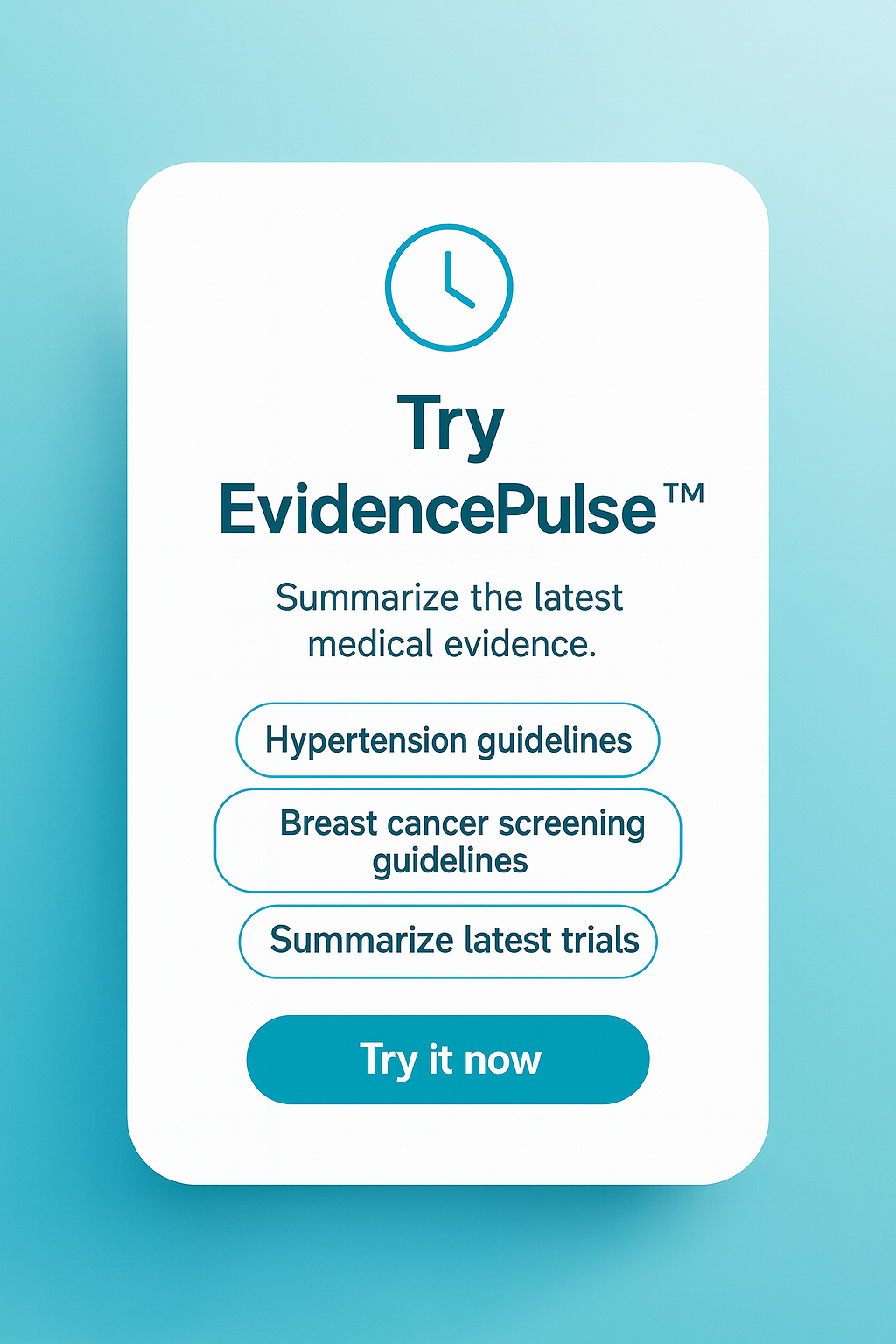Efficacy of Hand Cooling and Compression in Preventing Taxane-Induced Neuropathy
1. Cooling was found to have a relative risk reduction of 42% and compression had a relative risk reduction of 37%.
2. Quality of life has a minor improvement with cooling and compression interventions.
Evidence Rating Level: 1 (Excellent)
Study Rundown: Chemotherapy-induced peripheral neuropathy (CIPN) is a frequent and often debilitating side effect of cytotoxic drugs, with no established prevention or treatment strategies. There have been limited trials studying cryotherapy and compression with conflicting results. This trial investigated and compared the effectiveness of hand cooling or compression in preventing CIPN in patients undergoing breast cancer taxane-based chemotherapy. The main endpoint was Common Terminology Criteria for Adverse Events (CTCAE) criteria for CIPN and secondary endpoints included quality of life for patients with CIPN (EORTC QLQ-CIPN20), and overall quality of life (EORTC QLQ-C30). The CTCAE criteria found that in the cooling group, 29% of patients in the intervention arm and 50% of patients in the control arm experienced high-grade CIPN with an effect size of 21.15% (significant, relative risk reduction 42%). In the compression group, 24% in the intervention arm and 38% of patients in the control arm experienced CIPN with an effect size 14.29% (relative risk reduction 37%). No significant differences were found between the interventional groups (effect size −5.47%). With regards to nail toxic effects, it was found that for cooling, the effect size was 17.64% compared to control, and for compression, the effect size 8.16% compared to control. EORTC QLQ-CIPN20 found some differences for sensory symptoms (cooling vs control: effect size 4.90%; compression vs control: effect size 3.20%) and motor symptoms (cooling vs control: effect size 2.98%; compression vs control: effect size 2.02%). CIPN scores via CTCAE one month after last taxane application found an effect size 9.52% (significant) in the cooling group, and an effect size 9.38% (non-significant) in the compression group. EORTC QLQ-C30 scores for patients found higher rates of fatigue, reduced physical functioning, reduced social functioning, constipation, insomnia, worse global health status, more pain, nausea and vomiting, in those with high grade CIPN compared to those without. The strengths of the study included its methodology, and the limitations included the sample size. Overall, this study found some improved outcomes with cooling or compression of limbs to prevent CIPN in those undergoing taxane-based chemotherapy.
Click to read the study in JAMA Oncology
Relevant Reading: Prevention and management of chemotherapy-induced peripheral neuropathy in survivors of adult cancers: ASCO guideline update
In-Depth [randomized controlled trial]: This self-controlled, single-center trial enrolled patients undergoing weekly taxane-based chemotherapy for primary breast cancer and randomized them (1:1) to cooling (n = 61) or compression (n = 61) of the dominant hand. The non-dominant hand or the feet severed as interindividual control. The CTCAE criteria found that in the cooling group, 29% of patients in the intervention arm and 50% of patients in the control arm experienced high-grade CIPN with an effect size of 21.15% (95%CI, 5.98-35.55, p=0.002, relative risk reduction 42%). In the compression group, 24% in the intervention arm and 38% of patients in the control arm experienced CIPN with an effect size 14.29% (95%CI, 2.02-27.24, p=0.008, relative risk reduction 37%). No significant differences were found between the interventional groups (effect size −5.47% (95%CI, −34.29 to 23.36). With regards to nail toxic effects, it was found that for cooling, the effect size was 17.64% (95%CI, 4.50-30.87) compared to control, and for compression, the effect size 8.16% (95%CI, −1.85 to 19.60) compared to control. EORTC QLQ-CIPN20 found some differences for sensory symptoms (cooling vs control: effect size 4.90% (95%CI, 2.70-7.11]; compression vs control: effect size 3.20% (95%CI, 0.09-6.31)) and motor symptoms (cooling vs control: effect size 2.98% (95%CI, 0.99-4.97); compression vs control: effect size 2.02% (95%CI, −0.25 to 4.29)). CIPN scores via CTCAE one month after last taxane application found an effect size 9.52% (95%CI, −2.16 to 22.62, p=0.046) in the cooling group, and an effect size 9.38% (95%CI, −4.91 to 25.02, p=0.08) in the compression group. EORTC QLQ-C30 scores for patients found higher rates of fatigue, reduced physical functioning, reduced social functioning, constipation, insomnia, worse global health status, more pain, nausea and vomiting, in those with high grade CIPN compared to those without. Overall, this study found some improved outcomes with cooling or compression of limbs to prevent CIPN in those undergoing taxane-based chemotherapy.
Image: PD
©2025 2 Minute Medicine, Inc. All rights reserved. No works may be reproduced without expressed written consent from 2 Minute Medicine, Inc. Inquire about licensing here. No article should be construed as medical advice and is not intended as such by the authors or by 2 Minute Medicine, Inc.





